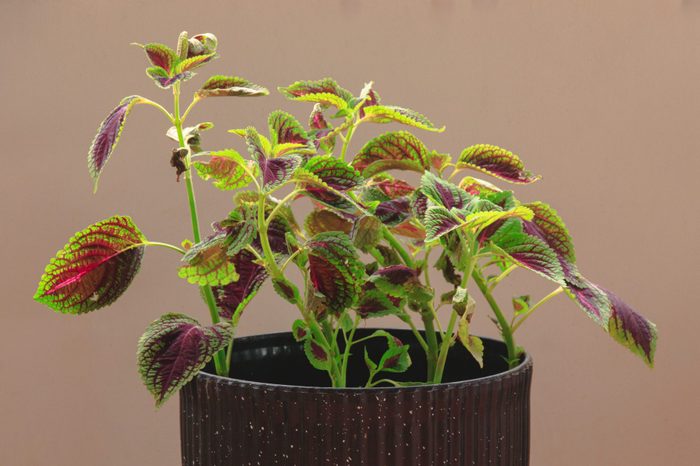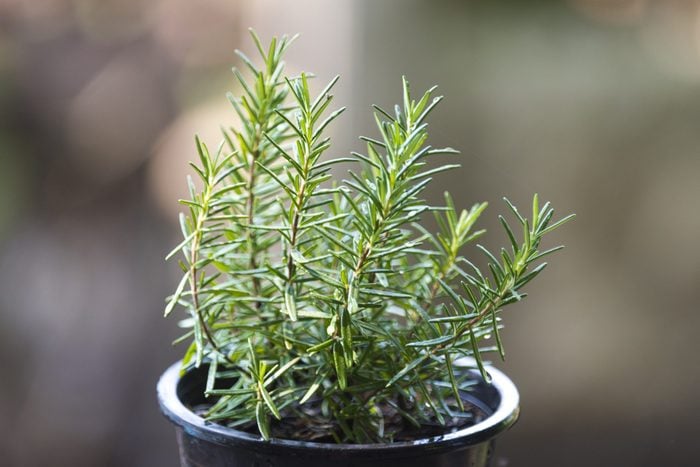Geraniums
According to the University of Minnesota Extension, geraniums can be overwintered by taking cuttings, bringing the plant indoors or saving them as bare-root dormant plants. The best method depends on whether you have a suitable sunny spot indoors to put the geraniums.
Geraniums need to be near a sunny window or under grow lights. They also prefer the temperatures from 60 to 65 degrees, cooler than most of our homes. In early spring, prune back the geraniums by about half to encourage new growth before taking them back outside.
Boston Ferns
It can be hard to let go of a big, healthy Boston fern.
Before temperatures drop below 60 degrees, prepare it for indoor life by cutting back any dried or straggly fronds, giving it a good shake to get rid of dried leaves, then watering it thoroughly. Inside, it only needs indirect light.
To keep the humidity level up around the fern, place it on a saucer with wet gravel or small rocks. The fern may still drop leaves but should survive until you can take it out again in the spring.
Rex Begonias
Rex begonias often have the prettiest foliage, so they’re tempting to overwinter or grow as houseplants year-round. To ensure they thrive indoors, they need bright, filtered light, moderate moisture and high humidity. Keep them well-watered.
Unlike other overwintered plants, you should occasionally add a houseplant fertilizer because they’re actively growing. If your Rex begonia drops its leaves, it may be too dry. Put it on a tray of wet gravel to increase the humidity level around it.
Coleus
If you’re in love with your coleus and can’t bear the thought of losing it to the frost, overwinter it by taking cuttings, rooting them and potting them up to continue to grow indoors until spring. Coleus roots easily in water or potting soil.
Indoors, place your coleus plants in a sunny location. As they grow, pinch them back to encourage branching. If your coleus plant is spindly by spring, you can again take cuttings, root them and have more new plants to take outside.
Basil
If you have a type of basil that’s sometimes hard to find in the spring, like African blue basil, you can overwinter it by taking cuttings to root and grow as new plants or by bringing in the entire plant. Prune to reduce the size if necessary, then put it in a sunny location and keep it well-watered.
For common basil easily grown from seed, instead of overwintering an old plant, start new plants from seed or grow microgreens to use for cooking.
Rosemary
Rosemary isn’t the easiest plant to overwinter. But in cold climates, it won’t survive outside for long. Bring it inside and put it where it gets plenty of sunlight. Water it regularly without waterlogging the soil. You can also take cuttings from rosemary and root them.
You may find it easier to overwinter several smaller rosemary plants instead of one big plant. Keeping more than one rosemary plant increases your chance of having one still growing by spring, when it can be put back outside.
Impatiens
It’s easy to find impatiens for sale in the spring. But if you have a special impatiens plant — say, one with double flowers or variegated foliage — you can overwinter it by taking cuttings, rooting them and potting them to grow indoors. Impatiens root easily in potting soil.
Indoors, place impatiens in a sunny location. As they grow, pinch them back to encourage branching. You can also overwinter the original plant. Cut it back to a manageable size and keep it well-watered.
Tropical Hibiscus
To overwinter tropical hibiscus, bring it indoors well before your first frost and place it where it will get plenty of bright light, away from cold drafts.
Sometimes the shock of moving inside causes a tropical hibiscus to drop many of its leaves. As it gets acclimated, it will show signs of new growth. Once you are frost-free in the spring, prune it back, repot and fertilize it. It will soon be flowering again.
Elephant Ears
Unlike other plants, elephant ears, Colocasia sp., are usually overwintered as bare bulbs.
In the fall, trim off leaves as they turn brown, then lift the bulb out of the soil and clean it off. Place it in a protected area for a few days where it can dry off. Then place the dry bulb in a bag with dry peat or vermiculite and store it in a garage or basement. Check it occasionally to be sure it stays dry.
In the spring, repot the bulb and it will soon be growing again.

Caladiums
Caladiums are another plant with beautiful foliage. Overwinter them by digging up the bulbs before your first frost, then allowing them to dry. Store them as you would an elephant ear bulb.
If they’re growing in a container, you can also overwinter them by moving the container where the temperature stays around 60 degrees, then let the soil dry out. Begin watering in the spring, and the caladium bulbs should begin growing again.










